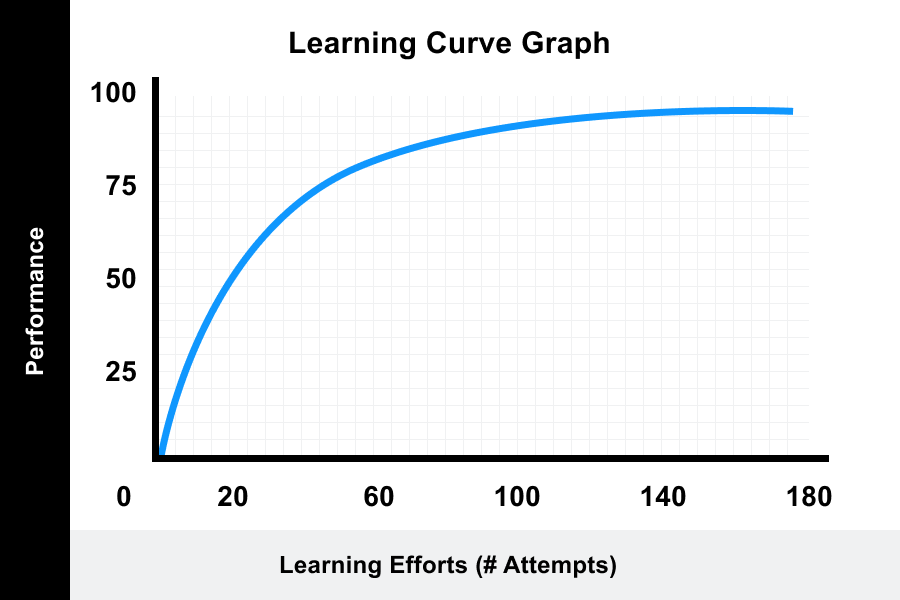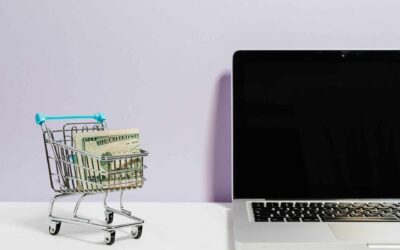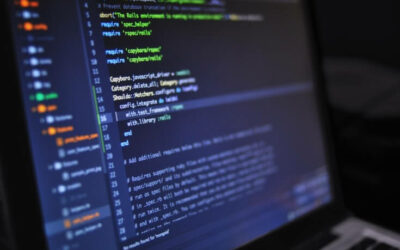Well-known in the IT industry, the learning curve is not limited to programming languages alone. It is a component that monitors progress and increased productivity over time.
Additionally, this learning curve can be utilized to ensure whether specific performance targets have been achieved or not.
Let’s explore in detail the concept of the learning curve and how it is applied in the workplace.
What is the Learning Curve?
The term learning curve was originally introduced by psychologist Hermann Ebbinghaus in 1885. Initially, the learning curve was used as a method to measure production efficiency and project costs.
Learning curve is a concept that depicts the relationship between costs and output generated over a certain period. Generally, this curve is used to measure the performance of repetitive tasks by an employee.
This curve is also known as the experience curve, cost curve, efficiency curve, or productivity curve. This is because the learning curve provides measurement and understanding of all aspects of a company.
The underlying concept of this curve is that each employee needs time to learn how to perform a specific task or job. Then, when the task is repeated, the employee learns how to complete it faster, thereby reducing the time required to produce output.
When is the Learning Curve Used?
There are two appropriate times to use the learning curve, namely:
- When learning new soft and hard skills
The term learning curve is often used in workplace discussions to describe the duration and effort required to learn something challenging.
In this situation, mathematical application in graphic representation is not used to illustrate learning progress. This term is used as a descriptive explanation of learning development over time.
- When measuring the progress of a specific task over time
The main idea behind the learning curve is quantitative. A mathematical model is developed based on this concept to depict the level of skill or mastery of a task.
The application of the learning curve in this context is only valid when used to measure concrete progress in completing a specific task over time. The task should be repeatable, measurable, and involve only one variable in its procedure; it cannot represent the entire procedure on its own.
Benefits of the Learning Curve
Utilizing the learning curve can be beneficial in various ways:
- Planning strategies to improve employee productivity or even entire departments.
- Motivating employees through the formation of a learning culture and tracking progress continuously.
- Identifying trends that can be used for more accurate predictions and better business decision-making.
Weaknesses of the Learning Curve
In addition to benefits, there are also some weaknesses in the learning curve that need to be understood:
- The learning process can be influenced by several variables
These variables include time, previous experience, training quality, and so on. Therefore, measuring only one of these variables can result in misleading data.
- Some performance indicators are difficult to measure
If there are no concrete results, such as products or sales, it can be challenging to determine the output unit that can be used as a measure of progress.
- Cannot be used in isolation
Given the many variables that can affect performance, it is important to combine the learning curve model with other methods to gain a more comprehensive understanding.
Formula and How to Use the Learning Curve
In the mathematical context, the learning curve is represented by the following equation:
Y= axb
Here, the variable Y reflects the average time per unit output. A is the time required to complete the task in the first trial. X is the number of trials or unit output. Meanwhile, the variable B indicates the slope of the function.
Simply put, this equation helps us understand the cost or average time needed to achieve maximum efficiency. The more trials or unit output included in the formula, the lower the result will be.
To use the above formula, follow these steps:
- Determine the unit output to be measured
If there is no clear goal to measure output, you need to be creative in determining how to measure it.
- Decide on the load to be measured
Generally, in the learning curve, the measured load is time. However, sometimes it is also necessary to measure financial costs, such as department reorganization costs or infrastructure renovation costs.
- Set an appropriate timeframe for the type of information to be measured
For example, if implementing a new training method, you can set the timeframe as the average time needed to achieve maximum efficiency with the old method.
If the new method can achieve better results in the same time, you can conclude that it is an effective change.
- Set a target to be achieved
Instead of trying to look at the level of productivity that can be achieved in a specific period, you can determine how long it takes to achieve the ideal level of productivity. In this case, leave the timeframe open and set a specific and measurable target you want to achieve.
- Start taking measurements
To get the most accurate data, ideally, you can measure the first effort, which is likely to result in the highest cost per unit output. After that, you can track progress and total costs more accurately.
- Ensure the data you have is well-organized.
You can use Google Sheets or a similar tool to organize the data you obtain. Make sure you record these measurements in one place and in a clear and consistent format for easy interpretation in visual form.
In conclusion, that is the explanation of the definition and benefits of the learning curve and how to use it. Based on the previous discussion, it can be concluded that the learning curve is a concept used to assess an individual’s performance level. You can leverage this learning curve to evaluate how far your performance has come to date.



